Another test by Dave Liu showing a procedural firecracker effect created with Houdini, complete with breakdowns. Watch the video on Vimeo.
Firecracker test with breakdowns
Another test by Dave Liu showing a procedural firecracker effect created with Houdini, complete with breakdowns. Watch the video on Vimeo.
Related Posts
Recent Comments
- Ass on Autodesk releases 3ds Max 2026.3
- John on Autodesk releases 3ds Max 2026.3
- Cantankerous on Canva reimagines Affinity Studio and releases it free to all users
- LaserXeye on Autodesk releases 3ds Max 2026.3
- James Jr. on Autodesk releases 3ds Max 2026.3
Popular Stories

CGPress is an independent news website built by and for CG artists. With more than 15 years in the business, we are one of the longest-running CG news organizations in the world. Our news reporting has gathered a reputation for credibility, independent coverage and focus on quality journalism. Our feature articles are known for their in-depth analyses and impact on the CG scene. “5 out of 5 artists recommend it.”
© 2025 CGPress

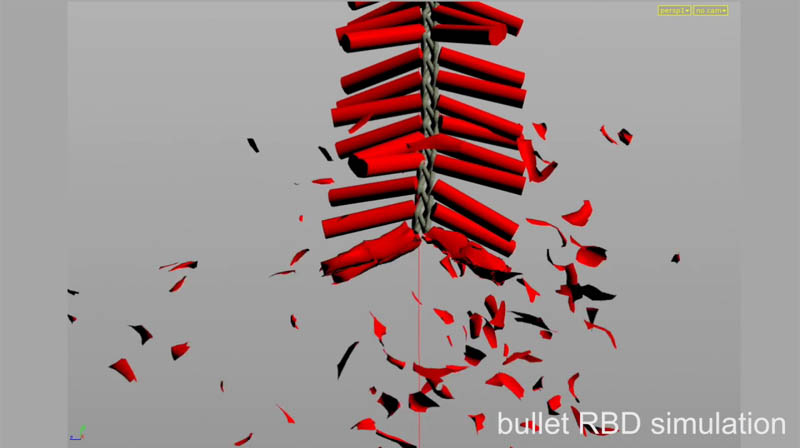
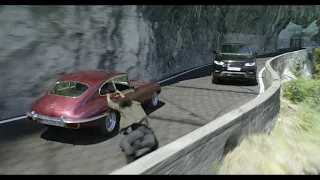
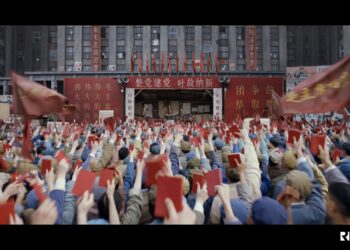

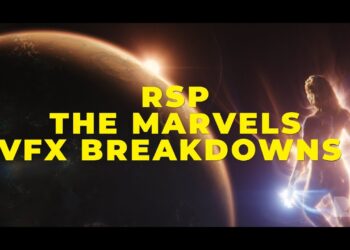
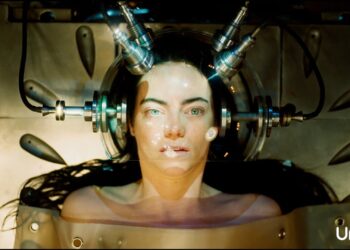



These things are pretty and all, and it is nice to see what some Houdini Geniuses are capable off. But, while very impressive, I would much rather see encouraged are demonstrations showing HOW these things are actually implemented in Houdini. Encourage people like Dave Liu and others to show how they rig the nodes, think through implementation, etc. Houdini is a particularly deep software, with a steep learning curve. Further, from one release to the next in Houdini, things can change so dramatically (e.g. particles, fluids) that the tutorials out there rapidly become obsolete. Posting listings like this, may serve to advertise or spotlight individual artist’s portfolios, but I don’t see how it improves the community’s knowledge of the technology.